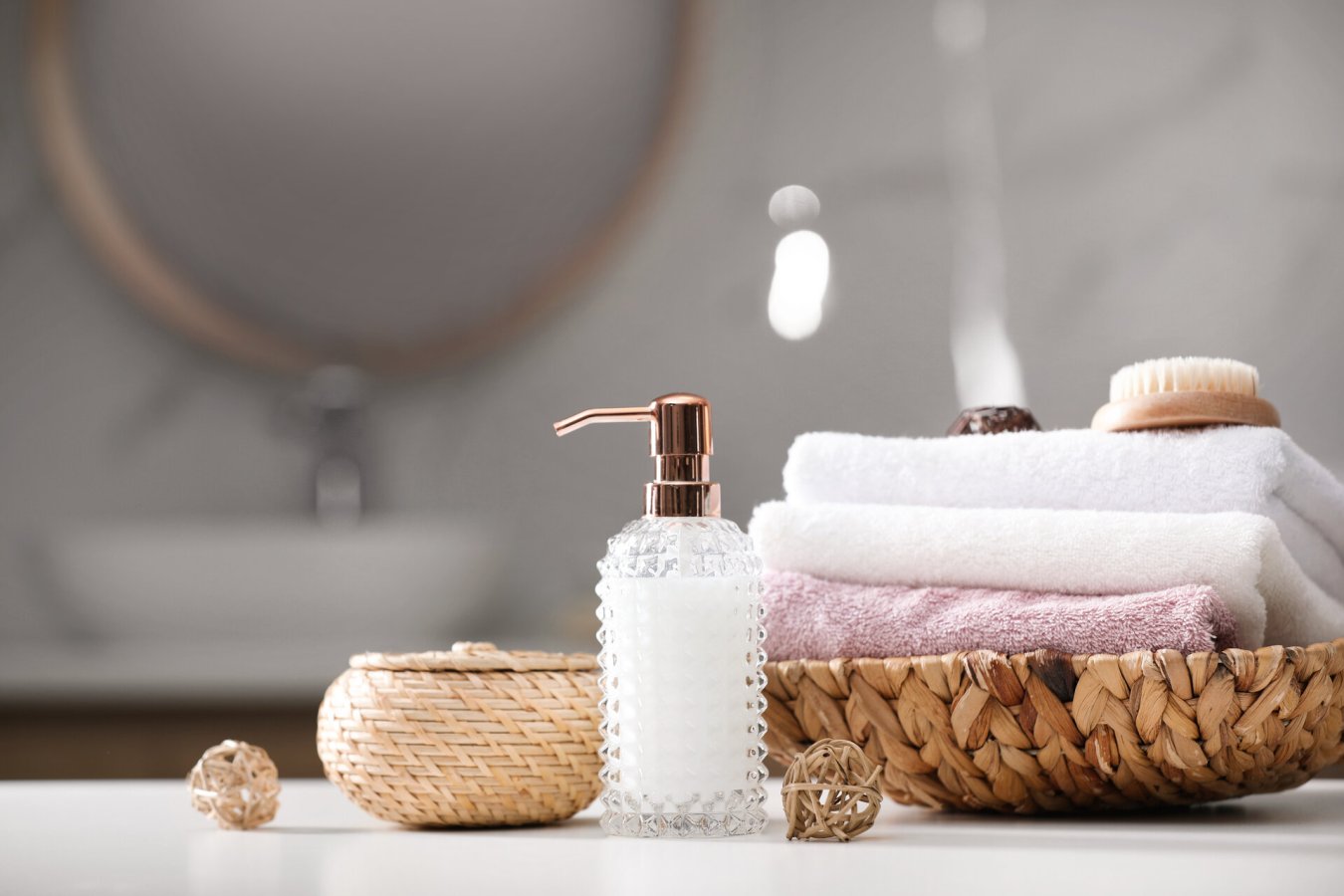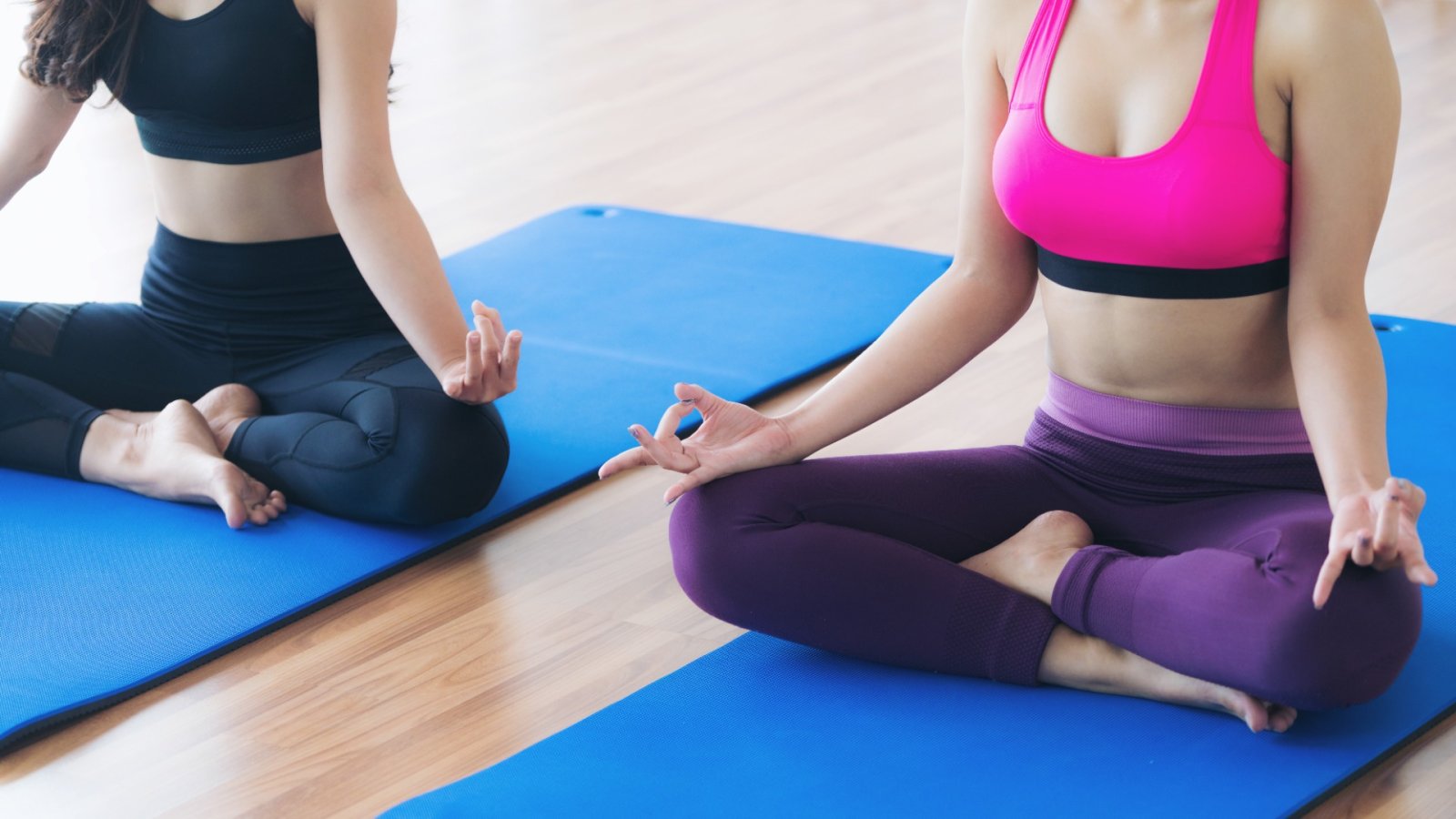Yoga requires focus, not frustration. A subpar mat can turn your downward-facing dog into a downward-facing disaster. No one wants to be the student struggling to balance on a worn-out mat while their neighbor gazes in discomfort. Whether a beginner or a seasoned pro, a high-quality yoga mat is essential for a safe and effective practice. But a good mat is more than just a safety net. It represents a commitment to your craft, a symbol of your dedication to your practice. As Nicholas Duran, a seasoned yoga instructor and fitness expert, says, "A mat is a symbol of my time to center myself and connect with my body.”
Say goodbye to the flimsy mats of the past. Modern yoga mats have evolved to be thicker, grippier, and more resistant to moisture, making them perfect for intense sessions, outdoor practices, and various workouts beyond yoga. The best part? You can find a high-quality mat that suits your needs, with options ranging from budget-friendly ($20) to premium ($100) prices.
With so many choices available, selecting the right mat can be daunting. But don't worry, yogis! We have you covered, having consulted with yoga and fitness experts to identify the top yoga mats for every practice style.
Fitness experts Duran and Brette Berlin Scott, a seasoned yoga instructor and owner of Shakti Yoga, shared their insights on finding the perfect yoga mat for a secure and stable practice. Just as a reliable pair of running shoes or weights is essential for a great workout, a good yoga mat provides a comfortable and safe foundation for optimal performance. According to Scott, a high-quality mat enhances your practice, while a subpar one can be a hindrance, causing distractions and even safety risks. With proper care, a well-made mat can last for years, making it a worthwhile investment.
The experts agree that you don't need to spend a fortune on a great mat, but rather consider your individual needs, preferences, and yoga style. Some may prefer a firm mat for a grounded feel, while others may need extra cushioning, notes Scott. If you're a heavy sweater, Duran suggests looking for a mat with excellent grip and moisture-absorbing properties to prevent slipping.
When selecting the ideal yoga mat, experts recommend considering the following key factors:
When selecting a yoga mat, consider the size first. A mat that's too small can limit your movement and comfort, especially in poses that require stretching or lateral movement. On the other hand, an oversized mat can be cumbersome to transport and store. The standard mat size is around 68-72 inches long and 24 inches wide, but larger options are available for those who need extra space.
The material of your yoga mat is also crucial, as it affects performance, durability, and eco-friendliness. Different materials offer varying levels of grip, support, and longevity, so it's essential to choose a mat that meets your needs and aligns with your values, notes Duran. From a functional perspective, a good mat should provide stability, grip, and traction, especially in sweaty conditions.
Most yoga mats are made from TPE, natural rubber, or PVC. For eco-conscious yogis, TPE mats are recyclable and have a rubber-like feel, while natural rubber mats offer slip-resistant traction and are biodegradable. PVC mats provide high-grip durability and are easy to clean, but may have environmental drawbacks. As long as you prioritize quality, longevity, and materials that align with your values, you can find a safe, affordable, and effective yoga mat that will serve you well for a long time.
Thickness: Yoga mats come in a range of thicknesses, from 3mm to 9mm, which affects their cushioning and support. Thicker mats offer extra comfort for sensitive joints, knees, elbows, and wrists, especially when practicing on hard surfaces.
Thinner mats, however, provide a firmer surface for better balance and a grounded feeling during balance poses and can be beneficial on uneven outdoor surfaces. On the other hand, extremely thin mats may compromise durability, especially if the material is soft and inexpensive. Consider your comfort needs, skill level, and yoga style when choosing the right mat thickness for you.
According to Duran, the weight of your yoga mat is influenced by its size, materials, and thickness, which can affect how easily you can transport it. On one end of the spectrum, thinner mats can be extremely lightweight, weighing as little as 2 pounds, making them ideal for travel and easy to carry around. On the other hand, thicker, more durable, or plush mats can be significantly heavier, weighing up to 7 pounds or more, which may make your daily commute more cumbersome.






